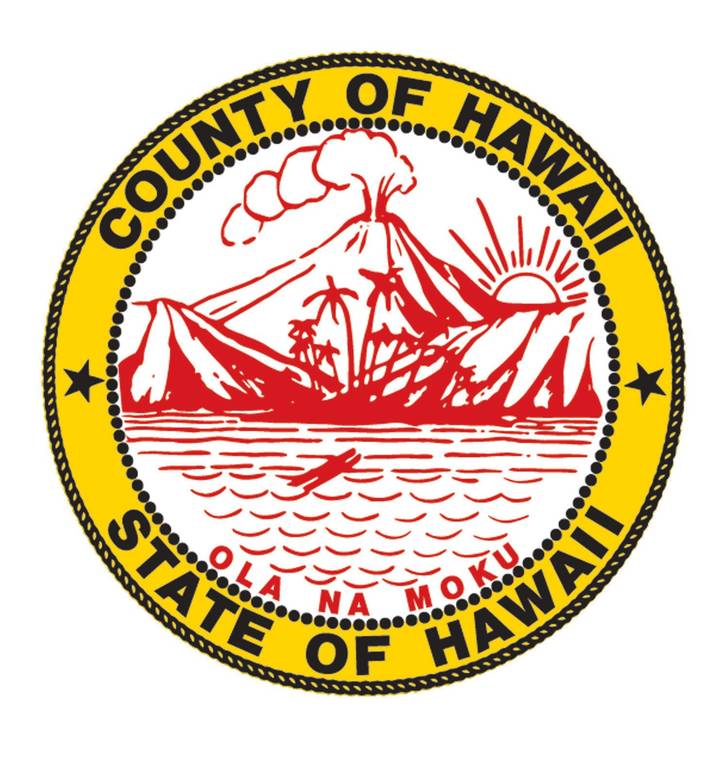Last year’s Kilauea volcano eruption cost the county nearly $800 million in economic damage, according to an estimate from the Kilauea Eruption Recovery Team.
Douglas Le, recovery officer for the county’s eruption recovery program, delivered a progress report to the County Council Committee on Governmental Relations and Economic Development on Tuesday that outlined the current state of recovery efforts.
Among the points of Le’s report was the revelation that, based on new assessments by the recovery team, the county lost $796 million as a result of the eruption.
Le said the team arrived at the number by considering losses incurred by the tourism industry, the related loss of jobs and the destruction of farms, homes and other infrastructure during the eruption.
Le said the loss of tourism revenue accounted for $450 million of the total, while infrastructure damage totaled another $236 million. The team also calculated that 4,727 jobs were lost because of the eruption, and 46 farms were destroyed or rendered unusable.
The rest of Le’s presentation — which Puna Councilwoman Ashley Kierkiewicz called a “pulse check” for the state of recovery efforts — touched on the project’s community outreach efforts and case management work, but largely revolved around the organizational structure of the recovery team and its relationship with partner agencies, which spurred some questions from council members.
Several council members were confused about a pair of organizational charts illustrating the hierarchy of the recovery team, with one positioning the mayor as the sole highest authority and another placing the mayor, the County Council and the County Housing Agency all on the same highest level.
“I think the community should be positioned at the top,” said Councilwoman Valerie Poindexter. “We need to listen to what the community wants.”
The role of the community was particularly confusing, Poindexter said, because one organizational chart placed “community leaders” as members of a recovery task force while the other chart placed the community as a whole in a position adjacent to all levels of the organization. This positioning was ambiguous, several council members agreed, and called into question to whom the recovery team ultimately answers.
Le said he sees the team’s role as one that coordinates and informs the mayor and the county about the findings and results of the various members of the recovery team, but added that the mayor and County Council ultimately will make final decisions regarding recovery efforts.
Le also said that increasing public outreach is a priority for the team, and a comprehensive recovery plan is in the process of being drafted.
“It’s too easy to forget that the crisis never ended for some people,” Le said.
Public testifiers before the meeting were critical of the county’s recovery efforts so far, particularly following a presentation by Public Works Director David Yamamoto during the previous meeting of the council Committee on Public Works and Safety.
Yamamoto said the county requested $99.7 million in recovery funds from the Federal Emergency Management Agency in November, but that request is still under review by FEMA and the U.S. Army Corps of Engineers.
While members of the public praised the county for reopening Highway 132 last week, many were disappointed by the pace of recovery.
“There hasn’t been enough communication from the county,” said Andy Andrews, president of the community association for Leilani Estates, the subdivision in which the lava first broke out. “More projects need to happen concurrently, instead of picking one project and having to wait until it’s finished.”
Kierkiewicz agreed, saying the county “had an opportunity to do things differently, but we squandered it. We went back into our silos.”
However, Kierkiewicz added, Le’s report gave her confidence that the recovery team might be “the reset button we need.”
Email Michael Brestovansky at mbrestovansky@hawaiitribune-herald.com.






